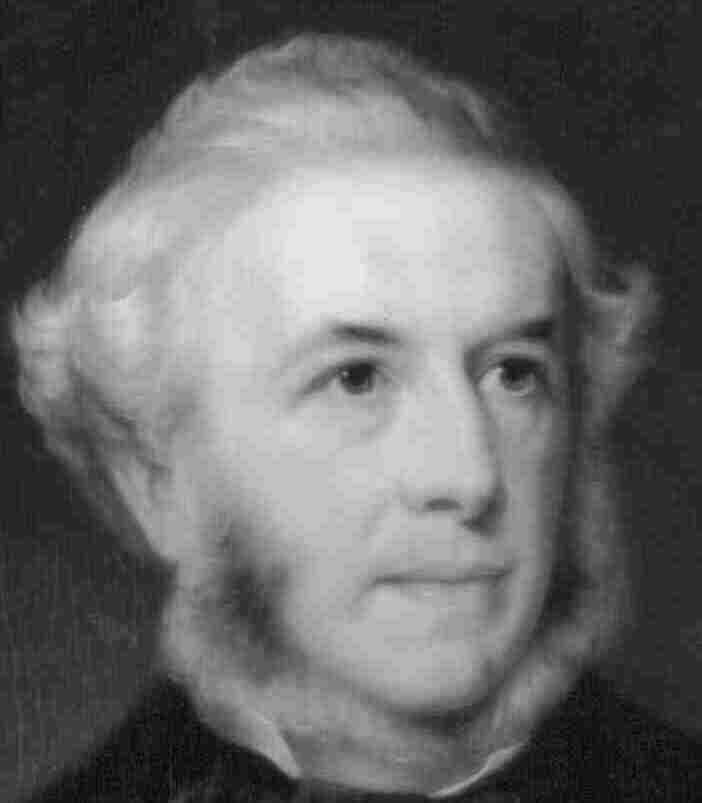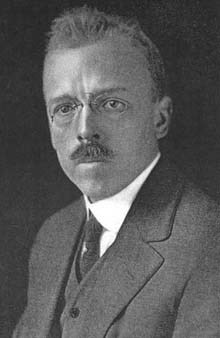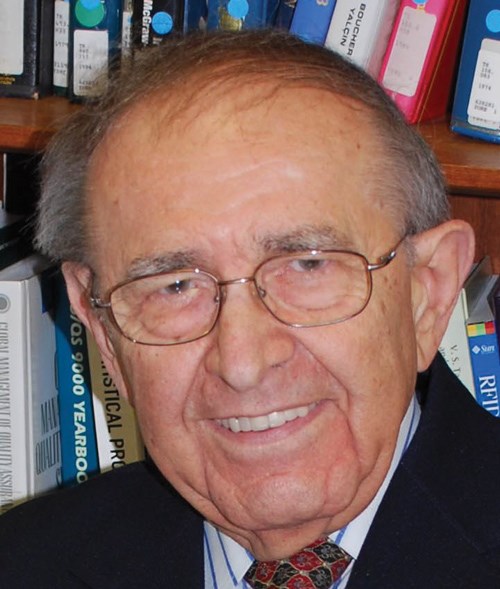2014 Hall of Fame Inductees
Brugnatelli, Wright, Ramankiw, Fink and Schwartz would be our picks to go in first if there was a Plating Hall of Fame.
With this year’s NASF Sur/Fin show taking place in Cleveland, just a few blocks from the Rock & Roll Hall of Fame, we wondered who would be the first people to make it into the electroplating hall of fame, if there ever were one.
Some of the names we came across we no-brainers: Luigi Brugnatelli and John Wright were inventors and scientists whose discoveries are still being used today in plating shops all across the United States and the world.
With others, we had to do some research to find out what contributions they came up with, and—more importantly—if those developments were their original discoveries and processes, or a spin-off from someone else’s.
For example, many people credit the Elkington brothers in Great Britain with bringing electroplating to the industrial movement in Europe in the 19th century, but some digging uncovered that the brothers actually purchased the technology from Wright, who, we already thought should be a first-ballot selection.
We searched high and low, read passages from collegiate classes on electroplating, and went back over white papers on the foundations of the industry, and we think we have come up with what would be a very admirable first class: Brugnatelli, Wright, Lubomyr Ramankiw, Colin Fink and Kevie Schwartz.
One of the more remarkable bits of information we came across during our research was the most obvious: There isn’t an actual electroplating hall of fame. Why not?
There are HOFs for nearly all other industries, and we think it would be a good idea to spread the concept to help recognize those in our industry—people, companies and processes—and provide a sense of history, perspective and accomplishment to the great men and women who helped create the industry on which so many of us earn our livelihoods.
So Products Finishing magazine presents this historical offering of the inaugural class of the Plating Hall of Fame with the hopes that we can continue to put together a cross section of industry leaders, historians, researchers and scientists and make this an annual tradition.
Interested in serving on panel to further develop the Plating Hall of Fame? Please drop me a note at tim.pennington@pfonline.com. Have someone you would like to see nominated? Reach out to me. I look forward to hearing from you all as we to try recognize the past while preparing for the future.
Luigi Brugnatelli
1761-1818
Many have called the Italian chemist the person who invented modern electroplating in 1805. Brugnatelli was reported to have performed electrodeposition of gold using the voltaic pile, a device invented by his colleague, Allessandro Volta.
John Wright
1808-1844
The Birmingham, England, surgeon discovered that potassium cyanide was a suitable electrolyte for gold and silver electroplating, but he sold his technology to the Elkington brothers, who patented the process in 1840 and gained fame and fortune as it spread throughout Europe shortly thereafter.
Colin Fink
1881-1953
A professor who was the head of Columbia University’s Division of Electrochemistry from 1921 to 1950, his research discoveries included an insoluble anode for electrowinning copper, the development of hot-dipped aluminum coatings and a commercial process for chromium plating. He was the author of more than 200 papers and held many patents.
Kevie Schwartz
1902-1974
A student of Professor Fink, he developed a process and apparatus for electroplating that became a commercial success after he received a patent for it in 1928. Schwartz discovered the use of chromium as a soluble anode in acid chromium depositing baths containing CrO as the main electrolyzable component, which led to a more efficient plating process. He eventually ran the Chromium Products Corp.
Lubomyr Romankiw
1931-
His research into thin-film technology for IBM exploded in the 1970s after he and fellow IBM researcher David Thompson invented plating-through-mask technology, new plating electrolytes and a new plating cell design that was used to develop magnetic thin-film storage heads for computers. This started the boom in the electronics era.
Related Content
Highlights from SUR/FIN 2023
Products Finishing offers a recap of some of the topics that were top of mind at the SUR/FIN 2023 finishing industry trade show.
Read MoreSUR/FIN 2023: Capsules from the Technical Sessions I: Emerging Technologies
SUR/FIN 2023 in Cleveland this past June was a resounding success. Due to the efforts of the Technical Activities Committee, ably led by Bill Nebiolo this year, an outstanding program of technical presentations was offered. What follows are summaries of selected presentations from the Emerging Technologies sessions. Additional coverage will be provided in this space in the coming months. The full report can be accessed and printed at short.pfonline.com/NASF23Aug1.
Read MoreTin-Zinc Alloy Electroplating and Its Corrosion Behavior
An NASF/AESF Foundation Research Program Retrospective
Read MoreRead Next
Delivering Increased Benefits to Greenhouse Films
Baystar's Borstar technology is helping customers deliver better, more reliable production methods to greenhouse agriculture.
Read MoreA ‘Clean’ Agenda Offers Unique Presentations in Chicago
The 2024 Parts Cleaning Conference, co-located with the International Manufacturing Technology Show, includes presentations by several speakers who are new to the conference and topics that have not been covered in past editions of this event.
Read MoreEducation Bringing Cleaning to Machining
Debuting new speakers and cleaning technology content during this half-day workshop co-located with IMTS 2024.
Read More


















.jpg;maxWidth=300;quality=90)







